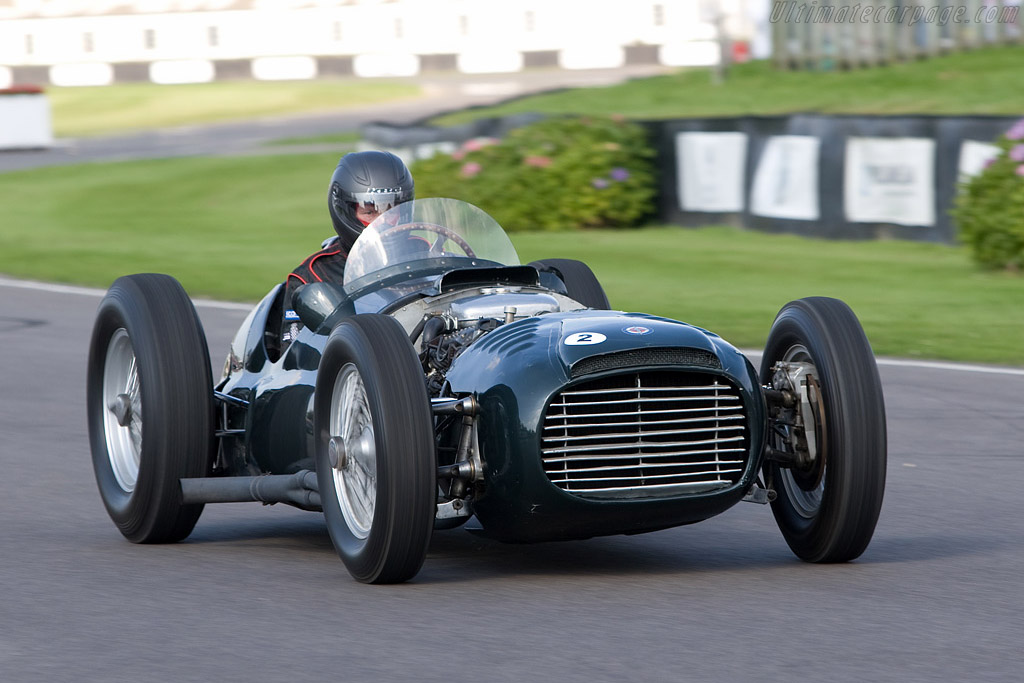08 September 2022
British Racing Motors was established in the 1940s to build a British Grand Prix car. The result was the iconic BRM Type 15.
The BRM V16 was a supercharged 1.5-litre V-16 cylinder racing engine built by British Racing Motors for competing in Formula One motor racing in the immediate aftermath of World War II.
Designed in 1947 and raced until 1954–55, it produced 600 bhp at 12,000 rpm, although test figures from Rolls-Royce suggested that the engine would be able to be run at up to 14,000rpm.
The power kicked in suddenly, making it very difficult to drive. Early overheating problems led to the prominent square radiator grille. They raced in the first two F1 seasons, 1950 and 51, and were the first car to use disc brakes in road racing.
Even with drivers such as Juan Manuel Fangio and Stirling Moss, BRM V16s met with little success, finishing in only one World Championship event, the 1951 British Grand Prix.
Although ultimately unsuccessful, the BRM was a stepping stone on the path to Britain’s dominance of the sport in later years.
![]()

